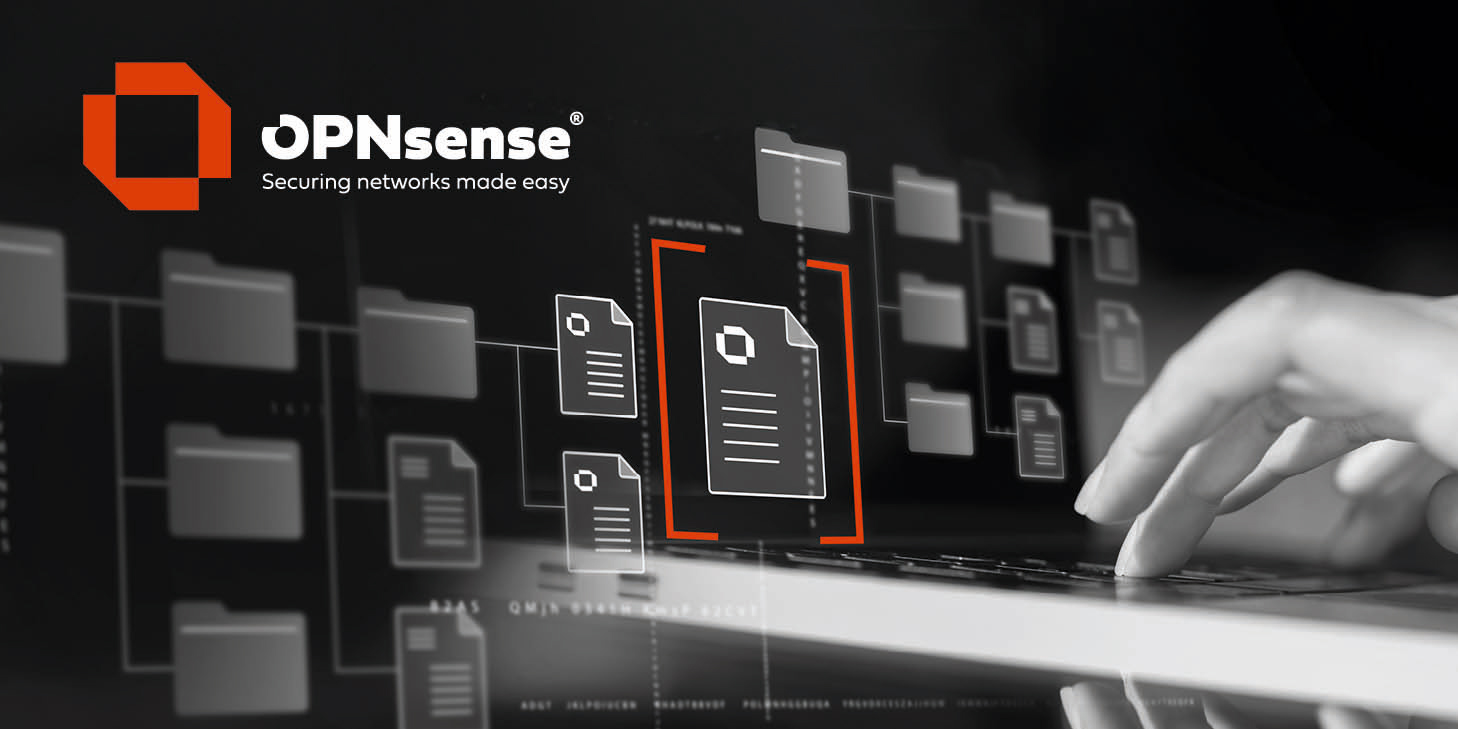I think the main issue is not the re-install of the package, but the segfaults created by pkg.
When I manually install the package after the update, pkg segfaults during the post-install steps. Here is a picture of my current pkg status.
I think what's happening is pkg gets upgraded, breaks and is unable to continue with the remaining steps.
My firewall-01 without update has pkg version 1.19.2
When I manually install the package after the update, pkg segfaults during the post-install steps. Here is a picture of my current pkg status.
I think what's happening is pkg gets upgraded, breaks and is unable to continue with the remaining steps.
My firewall-01 without update has pkg version 1.19.2

 "
"
